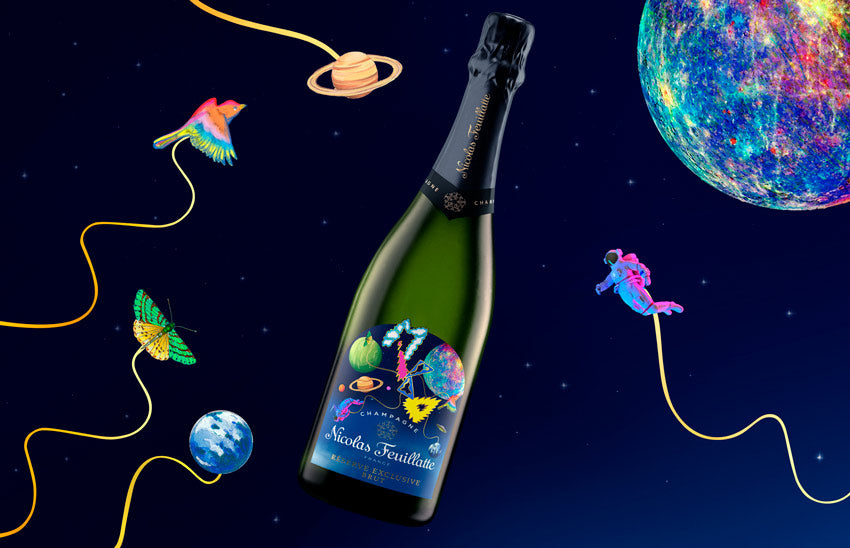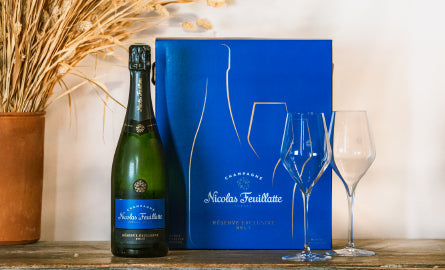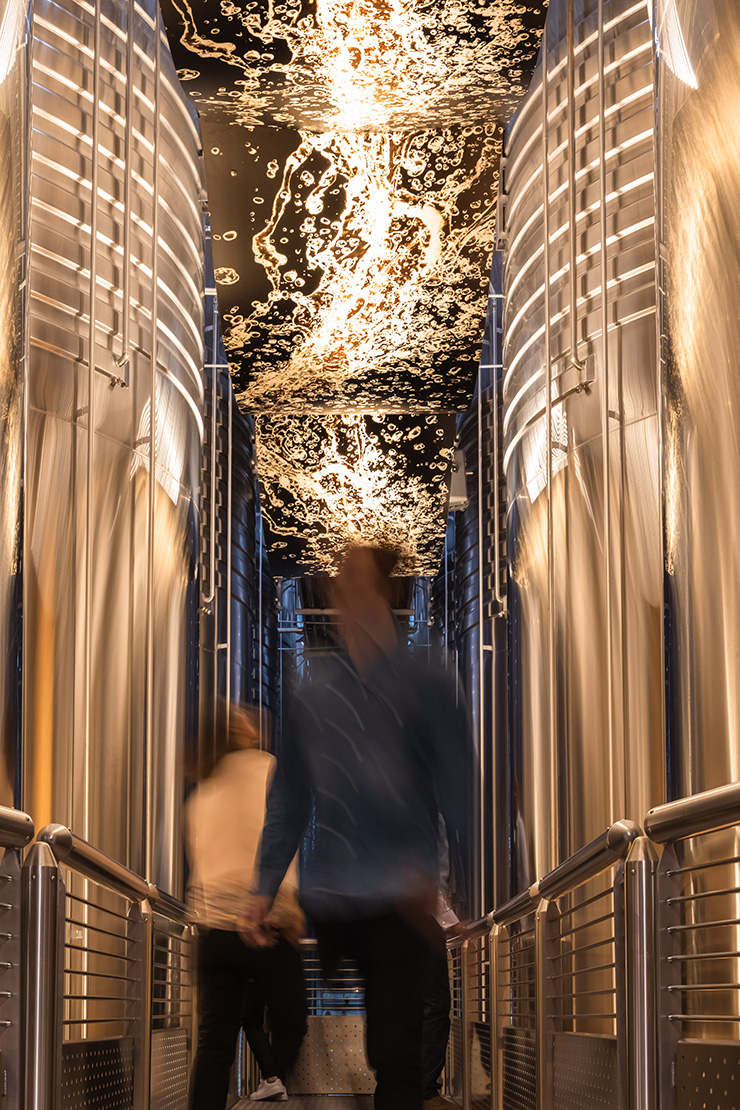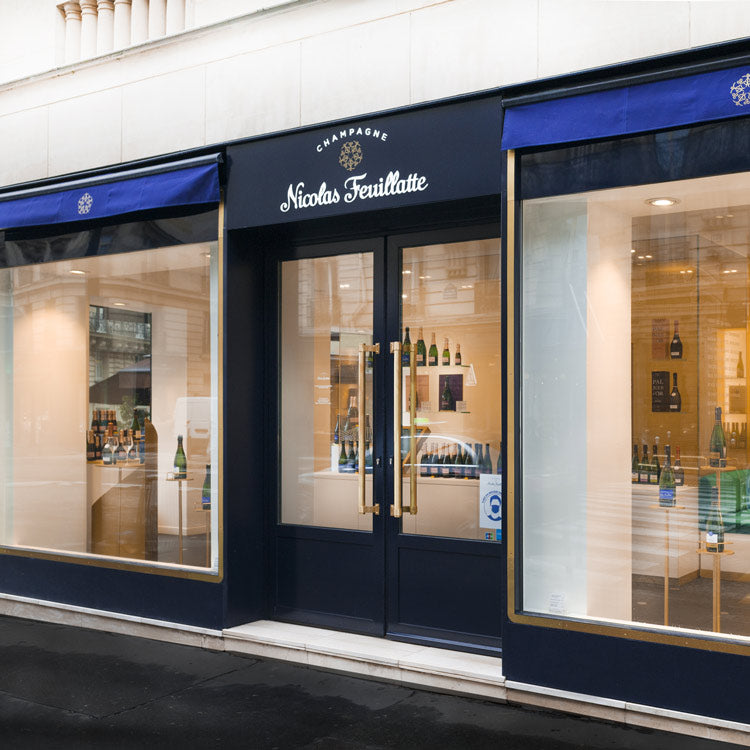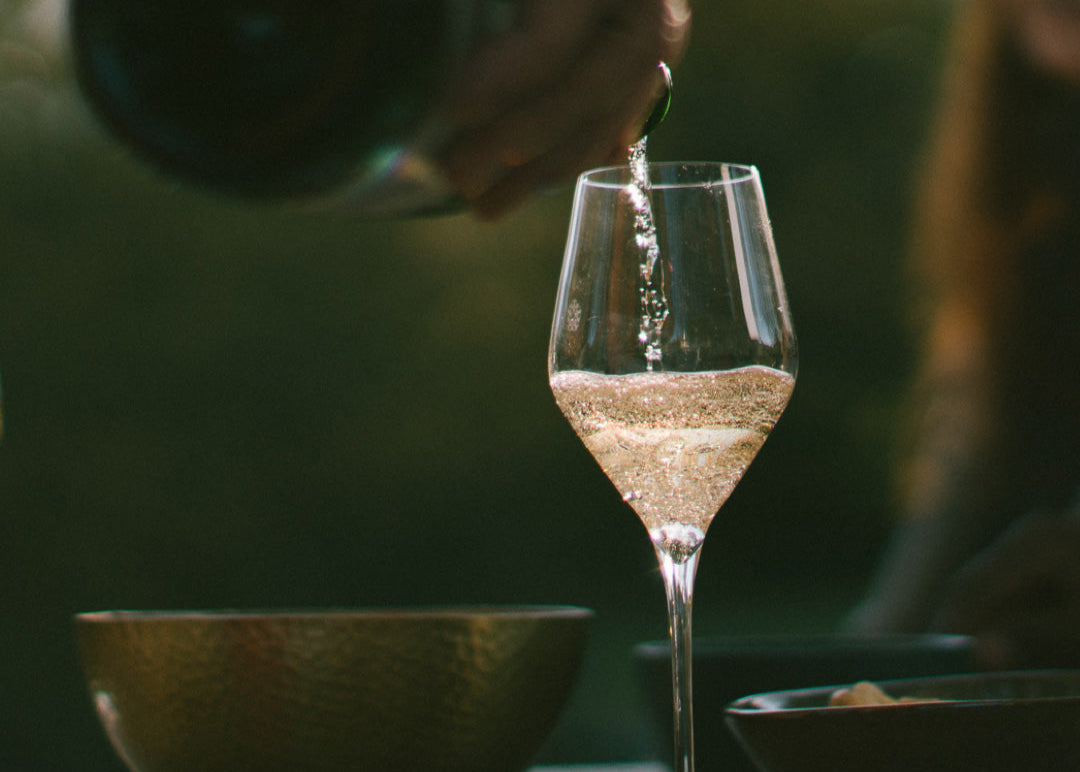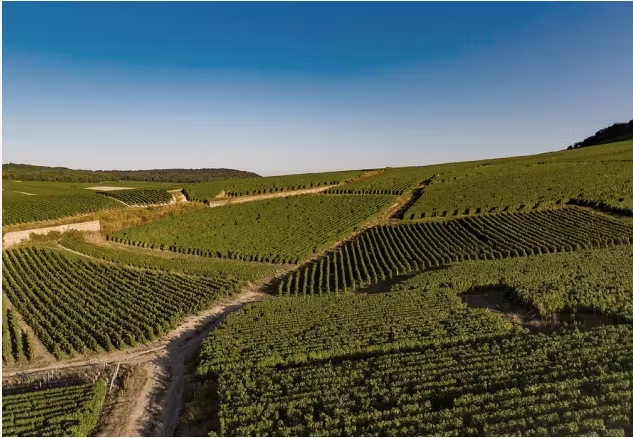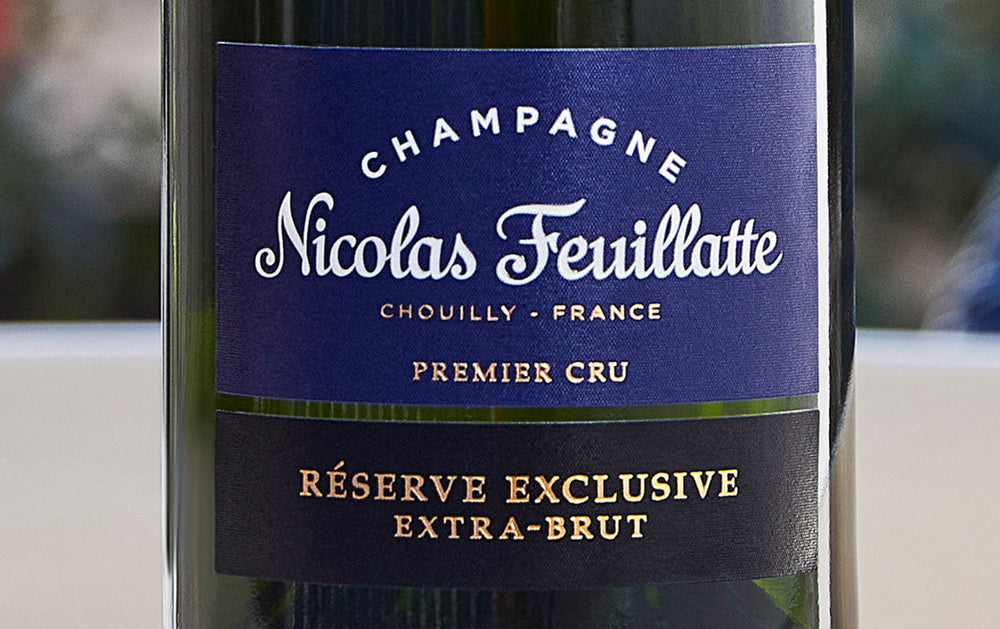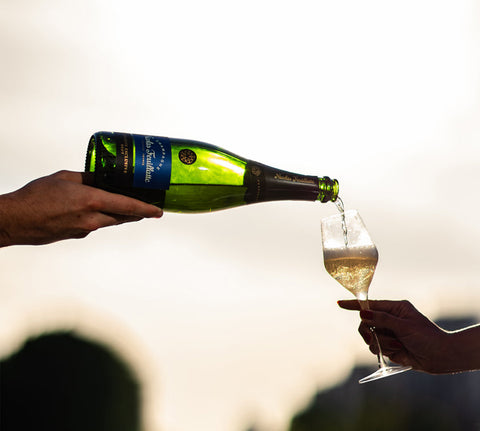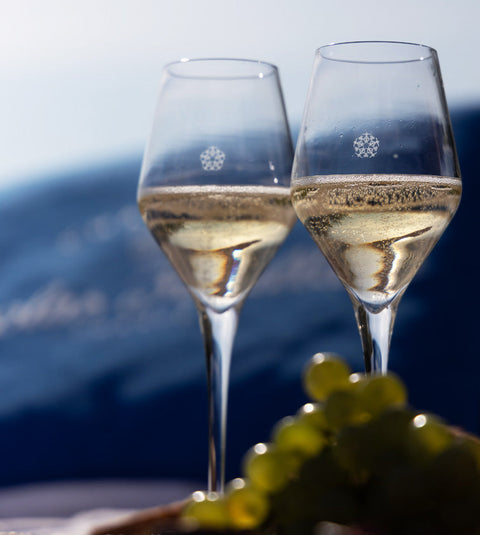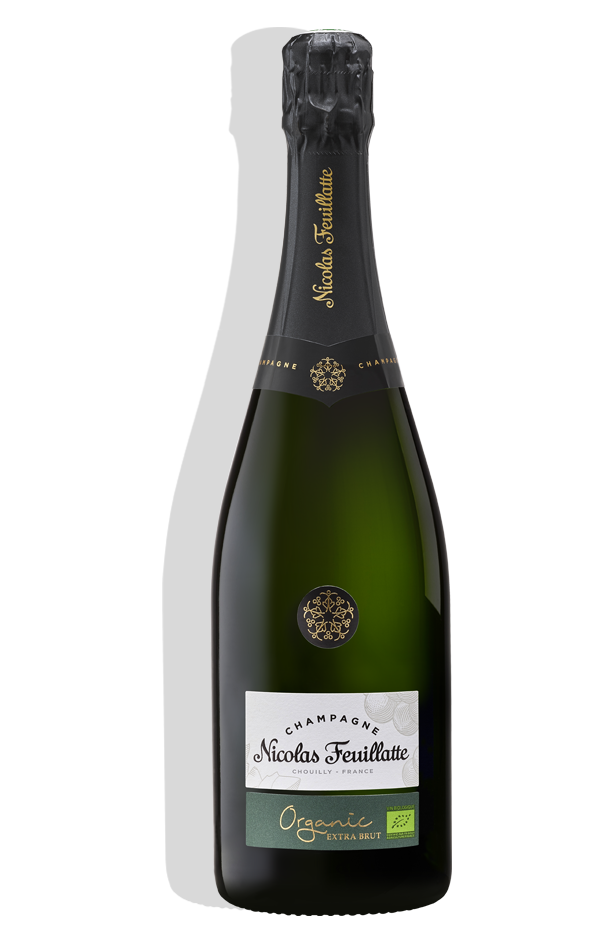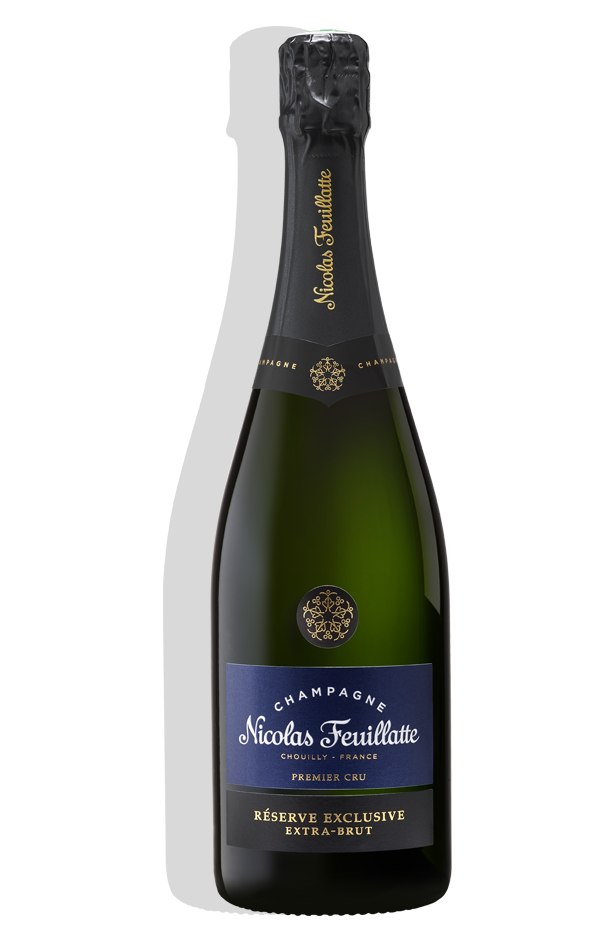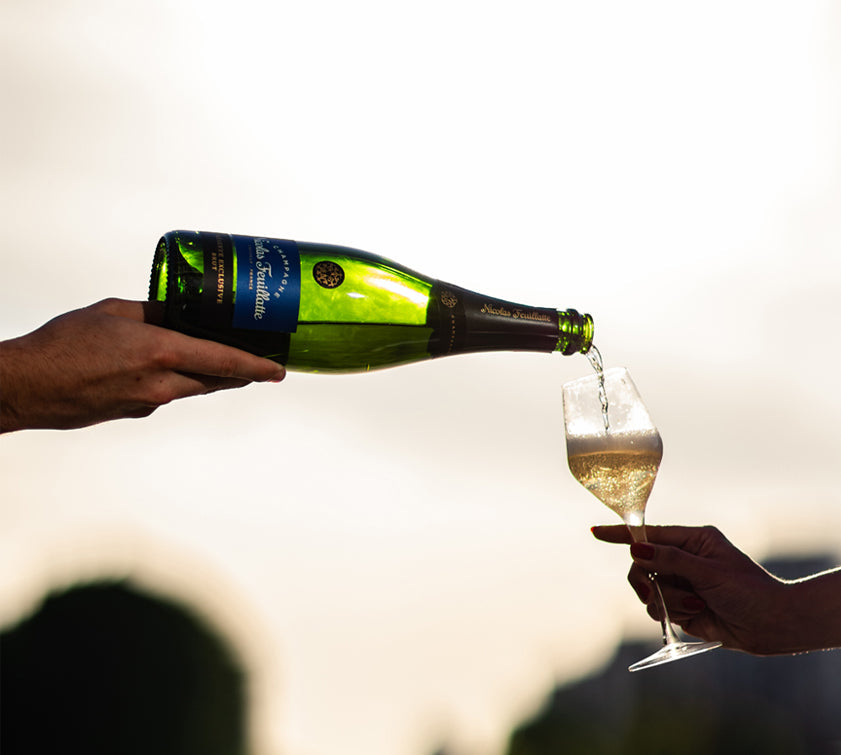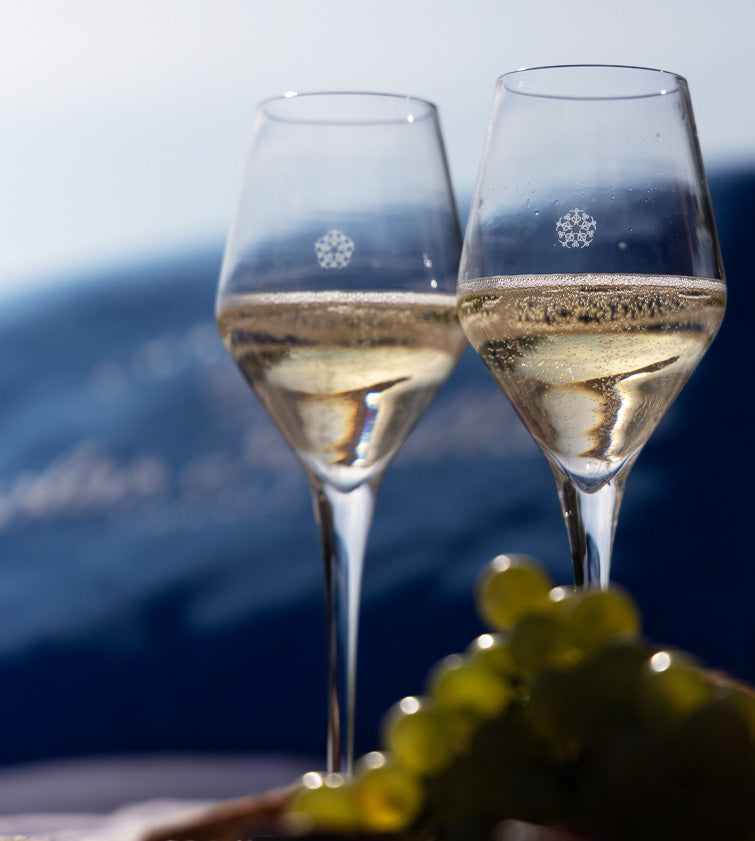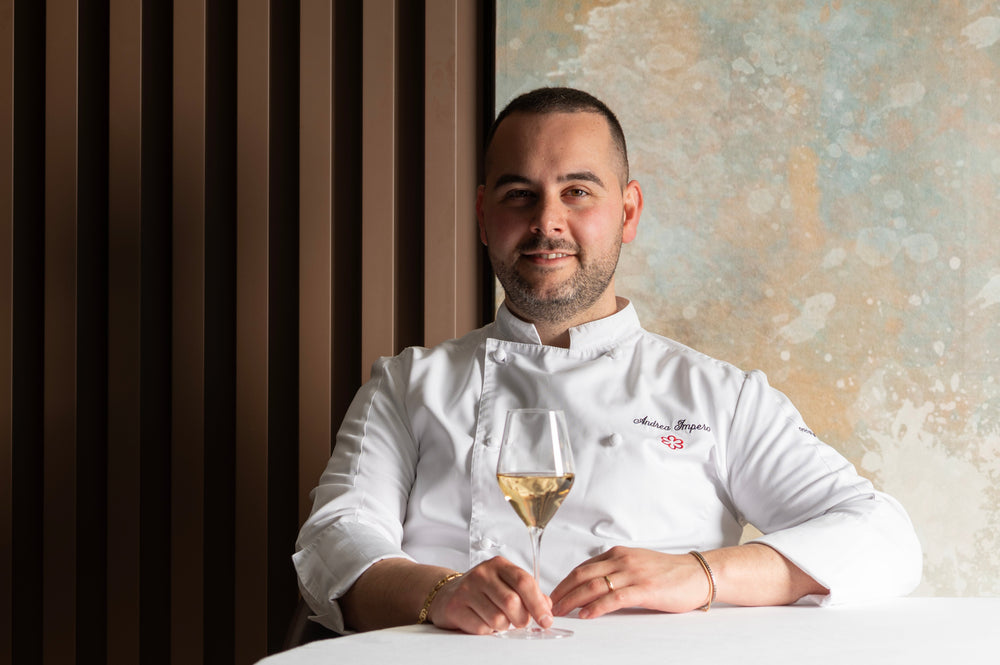Here's a look at one of the most popular champagnes: the famous Extra-Brut Champagne. Nicolas Feuillatte guides you through the wines of the Champagne region to make an informed choice.
Choosing champagne is of particular importance. Between individual tastes and the wealth of choices available, it's easy to get lost if you're not a certified expert. To avoid the most common mistakes, a little reading is in order. To begin, here's a look at one of the most popular champagnes: the famous Extra-Brut Champagne. From the definition of the appellation and its particularities to suggestions for pairing with suitable dishes, Maison Nicolas Feuillatte guides you through an informed choice of wines from the Champagne region.
Extra-Brut Champagne: definition and characteristics.
Extra-Brut Champagne is characterized by a low sugar content. In fact, compared to other types of Champagne, such as Demi-sec or Rosé, it has the lowest sugar content. The dosage of Extra-Brut Champagne is set at less than 6 grams per liter. This amount places it below that of Brut or Extra-Dry Champagne, for example.
By definition, Extra-Brut Champagne is a wine that is perfectly suited to lovers of less sweet champagnes. It is in tune with the affinities of the majority of people, which explains its frequent presence on reception tables and festive events of all kinds. By choosing a Brut Champagne or Extra-Brut, the risk-taking is limited, it’s hard to miss!
Its slight bitterness and acidity are seductive, offering a champagne with expressive aromas. Whether as an aperitif or at the start of a meal, Extra-Brut Champagne awakens the taste buds of guests and brings that much-desired note of freshness. Airy but with frank aromas, Extra-Brut Champagne is very much in tune with the times, with its light flavors and faint sweet notes. The elegance and finesse of Extra-Brut Champagne have established this sparkling wine as a must-have for end-of-year celebrations, a refreshing note that is appreciated at the start of cosy evenings around the table.

What to enjoy with extra-brut champagne?
Extra-Brut is often described as the wine for aperitifs or the start of a meal. Lively and low in sugar, it is ideal for the first few drinks, to excite the taste buds and accompany the first bites of the meal. This particularly applies to shellfish dishes, from seafood platters to seafood petits fours. The salty flavors pair so well with the fine bubbles of Extra-Brut Champagne! With crab, lobster, or of course, oysters, this slightly sweet wine makes a near-perfect pairing.
Above all, it helps avoid a pitfall that is still too common: offering a dry champagne or semi-dry as an aperitif. Sweet sparkling wines tend to coat the mouth with a pronounced taste that can dampen the flavors of subsequent dishes. Conversely, offering an Extra-Brut Champagne with dessert can be disappointing. Contrasting it with the sweetness of the dessert can reveal an undesirable bitterness.
Accompanying the flavours of the sea perfectly is not the only quality of Extra-Brut. It can also be paired with other dishes that you might not think of at first. In the fall, this type of champagne will enhance your mushroom-based dishes, from simple pan-fried dishes to more elaborate risottos. Other more surprising suggestions to reveal the qualities of an Extra-Brut: a white meat dish like the famous blanquette de veau , or a prestigious soft cheese like Brillat-Savarin .
Nicolas Feuillatte Extra-Brut Champagnes
Organic Extra-Brut
Composed of 95% Pinot Noir and 5 % Chardonnay , this wine is made from grapes grown using organic viticulture.
Exclusive Reserve Premier Cru Extra-Brut
The Réserve Exclusive Premier Cru Extra-Brut reflects its terroir, the land of Champagne, and fully expresses the sensory qualities of the Appellation's Premier Crus, from which the grape varieties originate.

